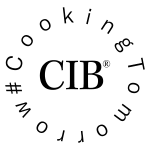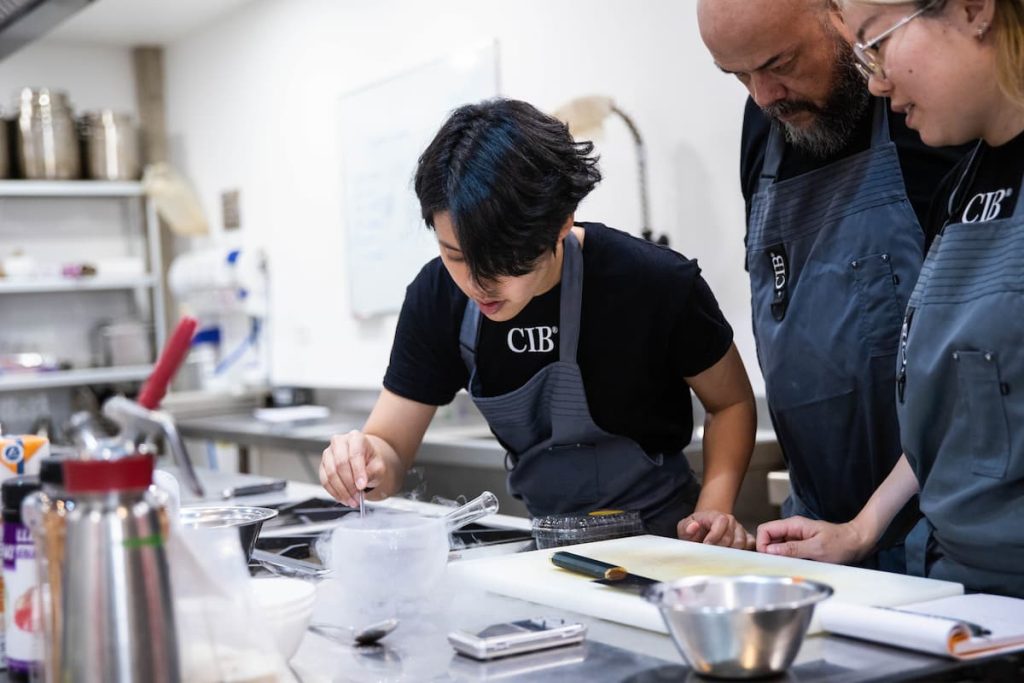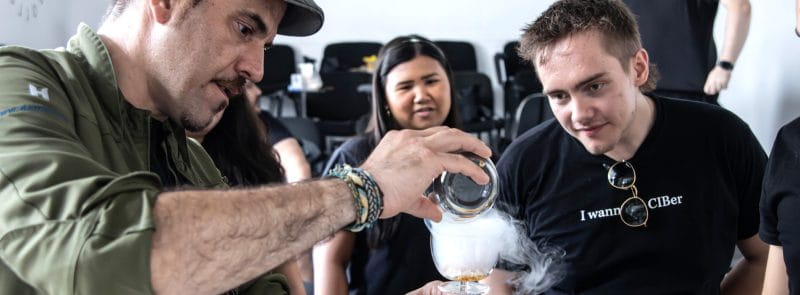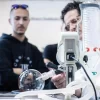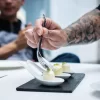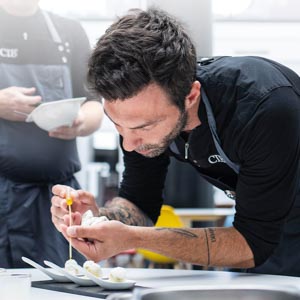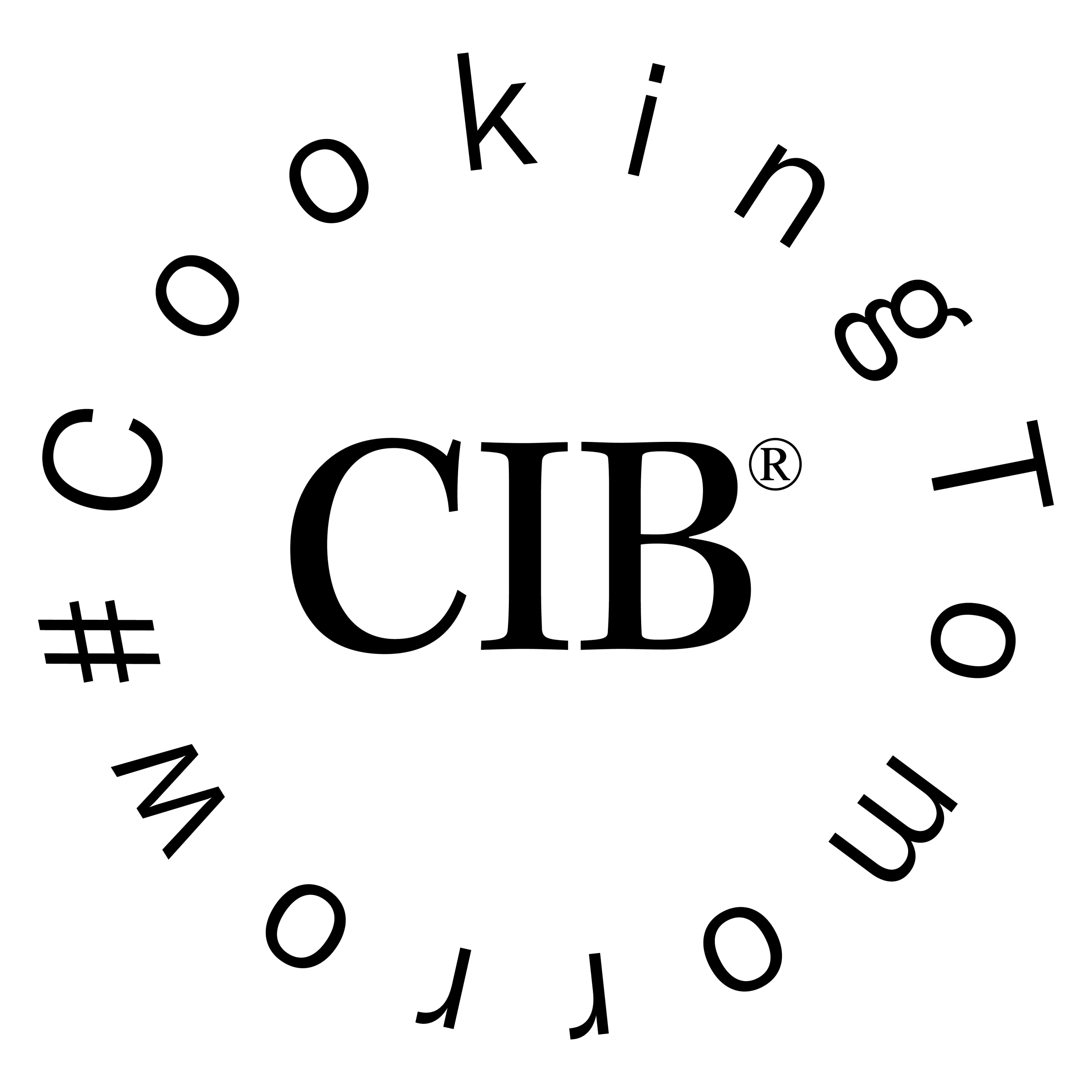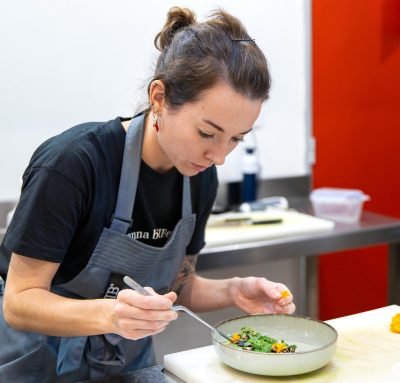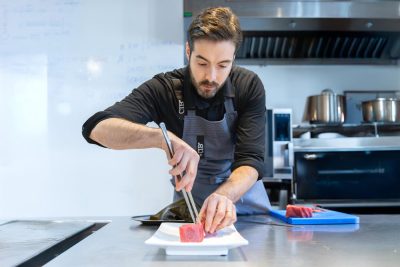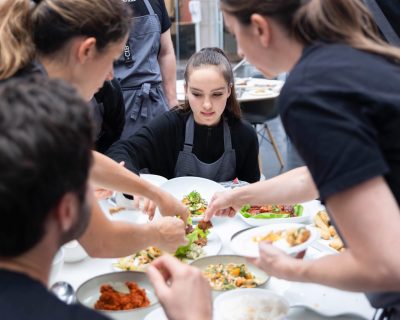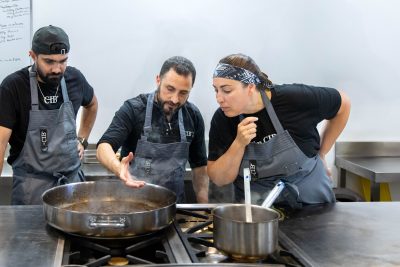The art of cooking is a competitive environment, so being really good at what you do is critical. Cutting-edge culinary techniques offer chefs the chance to stand out from the competition. By mastering the different techniques in trend, they are able to create unique dishes that combine unexpected flavors, new textures and innovative presentations. As well as developing skills and attitudes, broadening your knowledge will enhance your profile, allowing you to surprise and captivate diners and become a true leader in the culinary field.
In this post, we are going to look at some trending techniques that are in turn are part of the Postgraduate in Advanced Culinary Techniques at the CIB · Culinary Institute of Barcelona.
Molecular gastronomy: culinary techniques in search of innovation
Molecular gastronomy breaks with traditional culinary techniques by experimenting with ingredients and textures. Chefs who have mastered these skills constantly seek to challenge the limits of cooking and diners’ expectations. Through the application of scientific principles, such as gelation, spherification, and others, ingredients are transformed into surprising forms, creating dishes that awaken the imagination and challenge our perceptions.
Within the molecular gastronomy, we can also find techniques such as:
- Spherification
- Emulsification
- Vacuum impregnation
- Lyophilization
- Use of liquid nitrogen
- Gelation
- Deconstruction
- Distillation
- Foams and airs
Molecular cuisine goes beyond visual presentation and focuses on the sensory experience. Chefs seek to stimulate diners’ senses, from sight to smell, taste, and touch. Innovation in this culinary technique makes it possible to produce dishes that surprise and captivate audiences by using unexpected flavor combinations, unique textures, and stunning visual presentations. Each bite becomes a sensory adventure that awakens emotions and creates lasting memories.
Innovation in molecular gastronomy not only appeals to experience lovers, but also drives development and progress in the field of gastronomy. By challenging established norms and exploring new possibilities, it opens doors to the creation of new techniques, flavor combinations, and culinary presentations. Innovation in molecular gastronomy inspires other chefs and encourages the industry as a whole to continue searching for new ways to surprise and delight diners.
Find out more about molecular gastronomy.
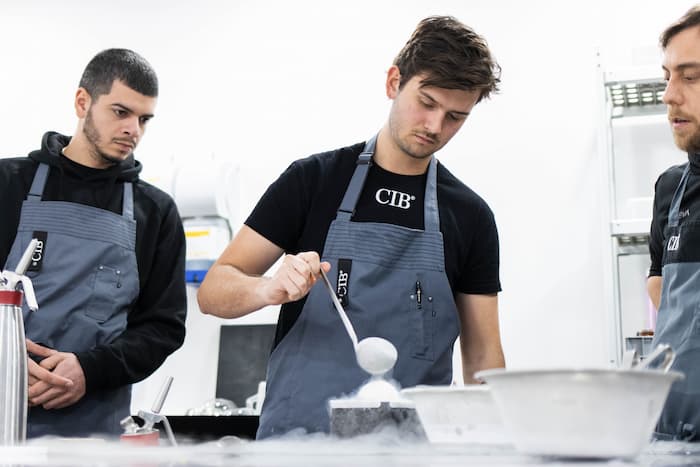
Fire cooking: mastering the art of intense flavors
Fire cooking is a culinary technique based on the use of embers and flames to prepare food. For millennia, fire has been an essential tool in the kitchen, and fire cooking takes advantage of this ancestral tradition to generate unique culinary experiences. Whether through grills, smokers, wood-fired ovens or rotisseries.
Fire has been an essential tool in the kitchen. But more than just a simple means of cooking, Fire Cooking is a culinary philosophy that awakens the deepest senses. One of the main reasons this technique masters the art of intense flavors is its ability to enhance the natural character of ingredients.
The high temperatures caramelize the sugars present in the food, creating a golden, crispy texture on the outside, whilst the intense heat brings out flavors and awakens aromas, creating complex and captivating flavor profiles. Below, we explore some fire cooking techniques and their application in the kitchen:
Smoking
Smoking involves exposing food to smoke generated by burning aromatic woods. As the smoke permeates the ingredients, they are infused with unique and captivating flavors and aromas. This technique has been used for centuries to preserve food, but today it has also become a way to enhance flavors in the kitchen and give dishes a creative touch.
The smoking process starts with the selection of the right wood to create the smoke, such as oak, beech, walnut, or apple. These woods bring different nuances of flavor to the smoke. The food is then exposed to the smoke in a smoker or a special grill designed for this technique. During the process, the smoke penetrates the food and creates unique and delicious smoky flavors.
Smoking is applied to a wide variety of ingredients. This technique can be applied in heat, where it is cooked at the same time as smoking, or cold, where food is smoked at lower temperatures for a longer period of time. It also adds an attractive layer of color and texture to foods, enhancing their presentation.
Flame cooking
This technique involves cooking directly over a heat source such as a grill, campfire or wood oven and uses the power of fire to transform ingredients into dishes full of flavor and character.
One of the main advantages of flame cooking is the creation of smoky, caramelized flavors that are difficult to replicate with other cooking techniques. Direct exposure to an open flame gives ingredients a delicious smoky flavor, enhancing their taste profiles uniquely. Mastering flame cooking requires practice and skill to properly control temperature and cooking time. Adjusting the distance between the ingredients and the flame, as well as turning and moving them as needed, is essential for optimal results.
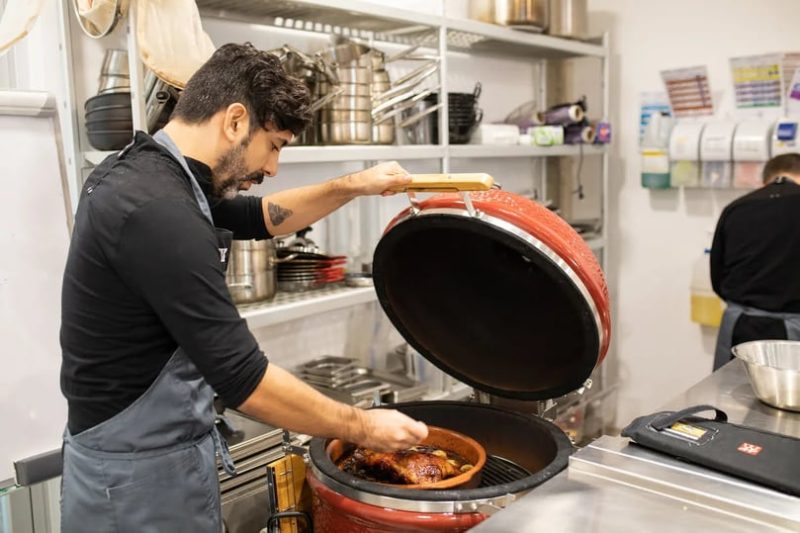
Low temperature cooking: precise cooking for juicy and tender dishes
This technique involves slow and controlled cooking at lower temperatures than usual, generally between 50°C and 80°C, which allows an even distribution of heat, avoiding overheating and preserving the juiciness and tenderness of the ingredients. By cooking food over a longer period of time, the connective tissues are gradually broken down, resulting in a more tender and succulent texture.
Vacuum cooking
This technique involves hermetically sealing foods in special bags and then cooking them in a controlled water bath at precise and constant temperatures. Before sealing, the ingredients may be seasoned or marinated to maximize flavor. Once vacuum-sealed, the bags are immersed in a water bath at a specific temperature and cooked for a set period of time. This technique ensures that the food cooks evenly, retaining its natural juiciness and developing intense flavors.
Vacuum sealing food creates an airtight environment that prevents the loss of moisture and nutrients. This results in juicier, more tender dishes with a smooth, even texture. In addition, low-temperature cooking and process precision allow ingredients to be cooked optimally, without overcooking and without risk of overcooking. Precision and control are characteristic elements of this technique since using specific temperatures and cooking times helps to achieve accurate and consistent results in every preparation. This technique is especially useful when cooking delicate ingredients, such as fish, poultry or premium cuts of meat, where precision in temperature and cooking time are essential for perfect results.
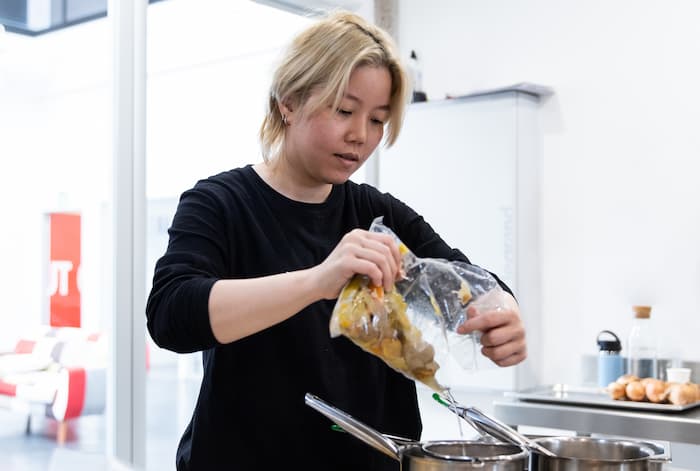
Push the limits of gastronomy with the most advanced culinary methods and techniques
In the world of gastronomy, we need to challenge the established limits in order to keep evolving. This not only implies thinking outside the box, but also acquiring advanced knowledge and skills through training. At the CIB · Culinary Institute of Barcelona we know that it is necessary to teach students how to improve, to question, to imagine, to seek and find new possibilities by using their intellect, which is not exactly rational, but 100% emotional. If you are interested in learning about the techniques involved in Molecular Cooking, Fire and Low Temperature, the CIB is an excellent option with our Advanced Culinary Techniques program.
